
A collection of original poems created from riddles of various African tribes.

A collection of original poems created from riddles of various African tribes.
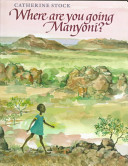
A child living near the Limpopo River in Zimbabwe encounters several wild animals on her way to school.
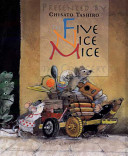
Five nice mice are sitting in the garden one night when Baba hears faint music in the distance. What can this wonderful sound be? They decide to go and find out, and they discover a fabulous frog concert. But mice aren’t allowed in. So they return home and decide to form an orchestra of their own—no frogs allowed. They practice and practice, and finally put on a great show. When all the cheers die down, the mice are shocked to see an audience full of frogs! It turns out that you can’t keep good music to yourself after all.
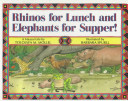
A variety of animals try to help a hare get rid of the mysterious intruder who has taken over her house.
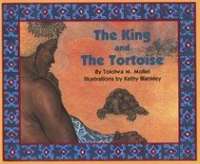
The king challenges the animals in his kingdom to prove their wisdom by making him a robe of smoke, but only the tortoise is able to satisfy him.
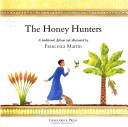
An African folktale in which various animals peacefully follow a honey guide bird, but find that sharing the honey among themselves causes problems.
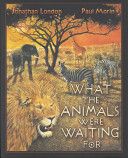
Cowbells tinkle. And over there, a family of elephants munches on dry grass, flaps huge ears like slow fans, and waits. It is a time of waiting. The gazelles, the wildebeest and the zebras are all waiting. The lions, too, and the crocodiles are waiting. Little Tepi watches the animals and wonders what is coming. Soon there will be rain, and food for everyone! In simple, stirring verse, this stunningly illustrated picture book tells the story of the dramatic cycles of life on the Masai Mara range in Africa — one of the last great, wild places on Earth.
A husband does not believe it when his wife tells him that their crying baby is comforted by a huge eagle who flies down with its sharp talons and alights on the baby.
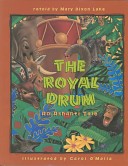
A read-aloud rebus treasure from the Ashanti in Ghana. Who is the laziest animal of all? All the animals gather together to help make a drum for the king of the jungle, but Anansi makes certain that Monkey ends up with the hardest job of all.

A small but clever hare and a fierce leopard agree to share a house, but as the hare’s family grows, he realizes that he must find a way to get rid of his bad-tempered neighbor.